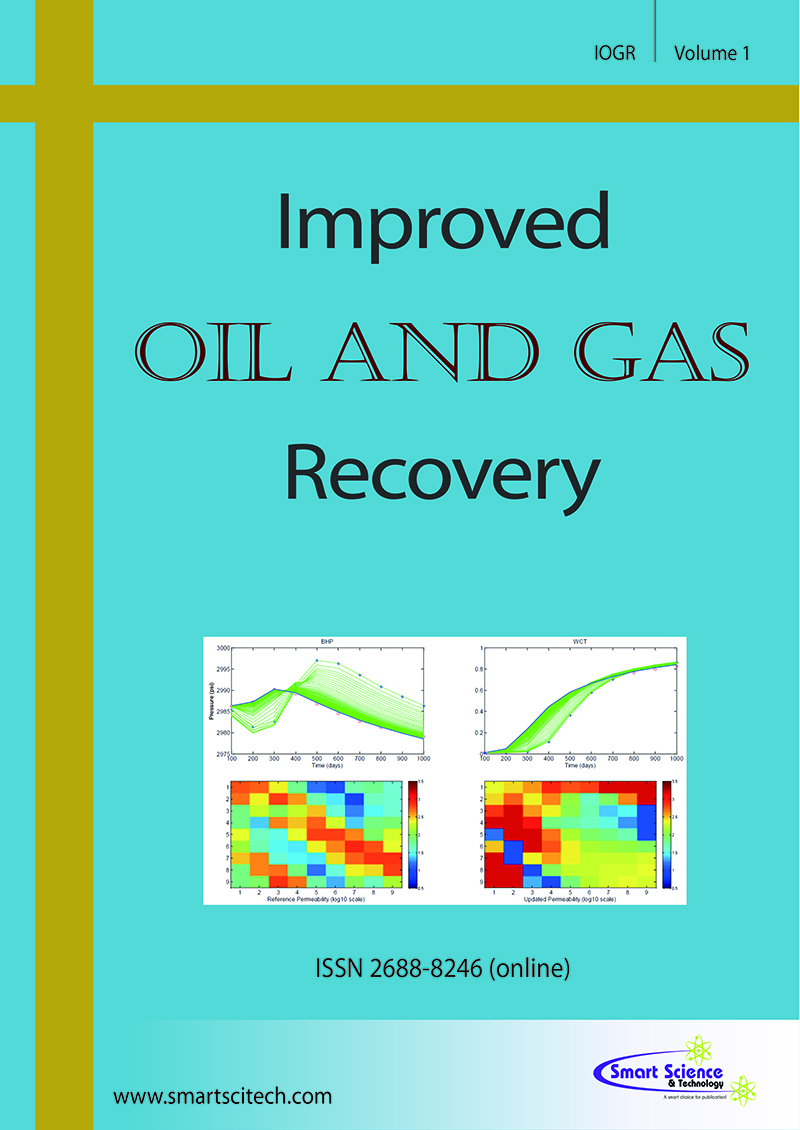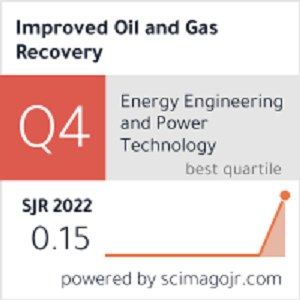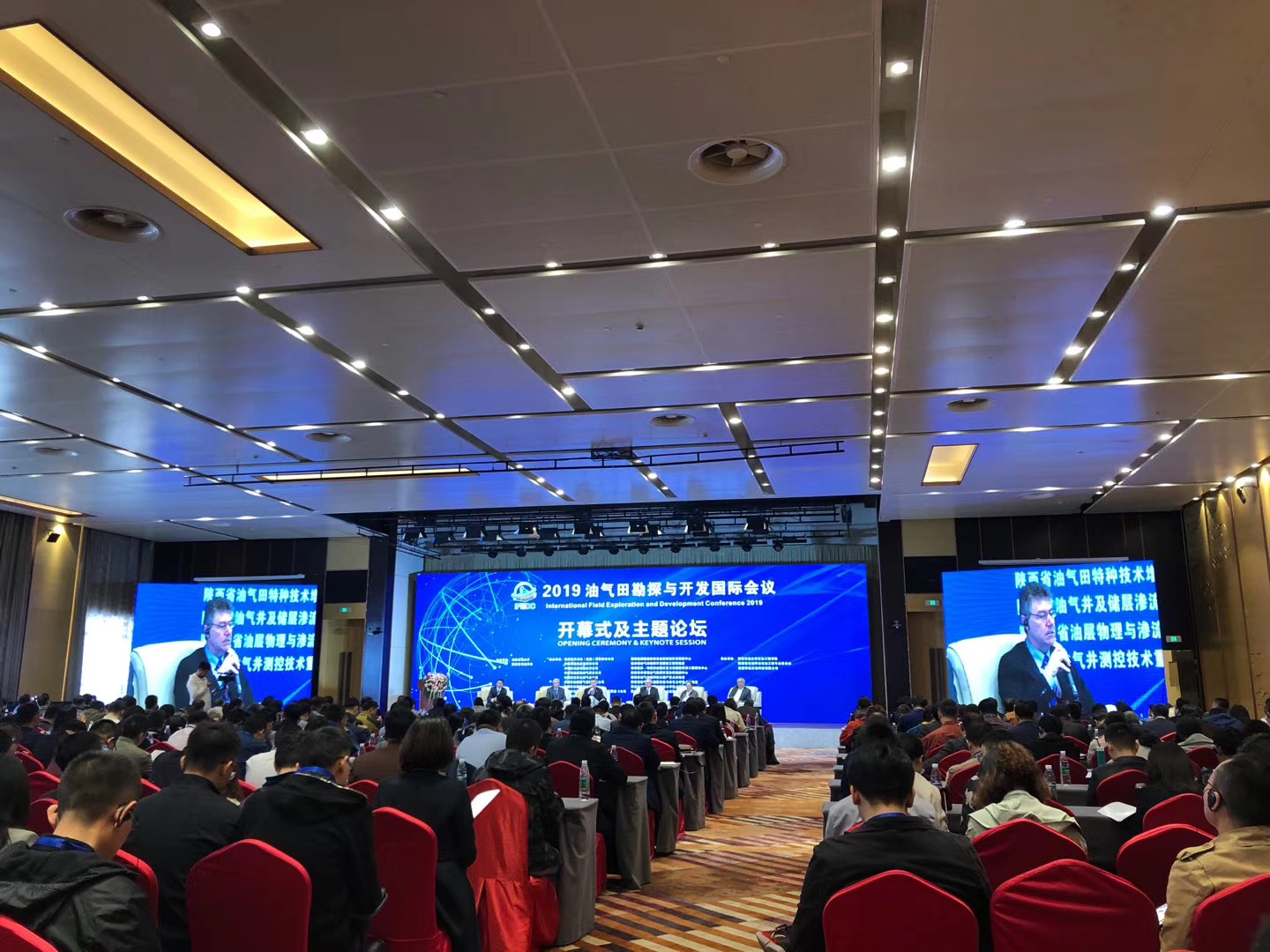Effects of CO2 on the Micron-scale Pore-fracture Structure and Connectivity in Coals from the Qinshui Basin
DOI:10.14800/IOGR.1189
Abstract
The changes in the micron-scale pore and fracture structure in coal caused by CO2 are critical to CO2 injection and CH4 output in coal seams. To investigate the effects of CO2 on the characteristics and connectivity of micron-scale pores and fractures in coal, four coal samples from the Qinshui basin were selected. These samples were exposed to CO2 and water for 240 hours at 80 °C and 20 MPa using a CO2 geochemical reactor. X-ray micro-CT (computed tomography), field emission scanning electron microscopy (FESEM), and energy dispersive spectroscopy (EDS) were used to identify the characteristics and connectivity of micron-scale pores and fractures in the coal samples before and after CO2 treatment. Then, the influence of mineral dissolution on the micron-scale pores and fractures was discussed. After CO2 treatment, the massive dissolution of carbonate minerals significantly increased the pore contents and volumes of the coal samples. For this reason, the grain size and volume of carbonate minerals determined the increase in pore number and volume after CO2 treatment. The dissolution of calcite, dolomite, and other carbonate minerals in the coal matrix formed a large number of dissolution-created pores <10 ?m in diameter, which affected the pore number in the coal after CO2 treatment but contributed little to the coal connectivity at the micron-scale. Carbonate minerals filling micro-fractures were heavily dissolved by CO2, which increased the aperture and connectivity of the micro-fractures. The dissolution of carbonate minerals in micro-fractures was the major contributor to the increase in the volume of pores >50 ?m in diameter and the main reason for the increase in coal connectivity at the micron-scale.
Downloads
Published
How to Cite
Issue
Section
License
Copyright (c) 2021 Shiqi Liu, Shuxun Sang, Tian Wang, Yi Du, Huihuang Fang

This work is licensed under a Creative Commons Attribution 4.0 International License.












